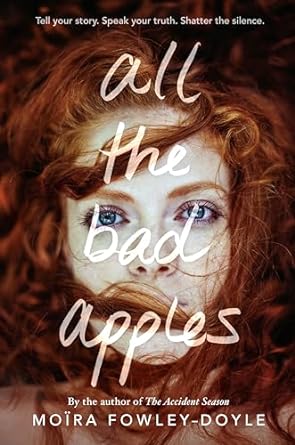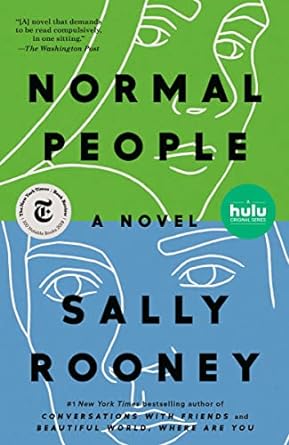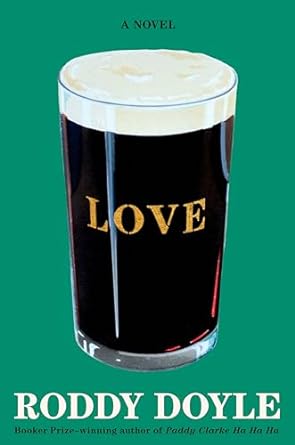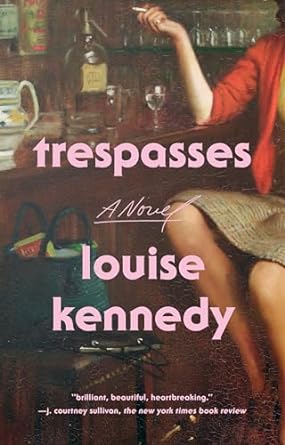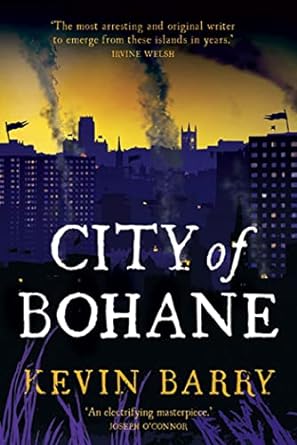By Nicole Chipp, Library Assistant, Old Town Library
In the United States, our collective understanding of Ireland, its people, and its history have largely been informed by St. Patrick’s Day celebrations. The Irish figure we see the most in our daily lives is the Lucky Charm’s leprechaun. Since March is Irish American Heritage Month, we wanted to take the opportunity to look at Ireland’s divisive past and highlight some books you can read to learn more.
England’s First Colony

Since the Normans’ initial invasion in 1169, Ireland has endured a tumultuous history marked by conflict between Catholic Irish and Protestant English. This period witnessed severe discrimination against the Irish, resulting in the confiscation of land, forced relocations, and widespread violence at the hands of English forces. Similar to the U.S. government’s treatment of Native American tribes, there was a deliberate campaign to eradicate Celtic culture and Gaelic language.
Further Reading
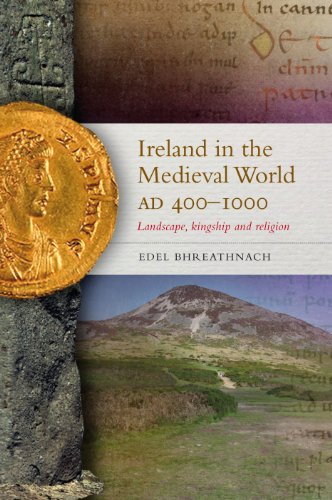
Ireland in the Medieval World, AD 400-1000: Landscape, Kingship and Religion by Edel Bhreathnach
This is a study of Ireland’s people, landscape, and place in the world from late antiquity to the reign of Brian Borama. The book narrates the story of Ireland’s emergence into history, using anthropological, archaeological, historical, and literary evidence. The subjects covered include the king, the kingdom and the royal household, religion and customs, free and unfree classes in society, and more.
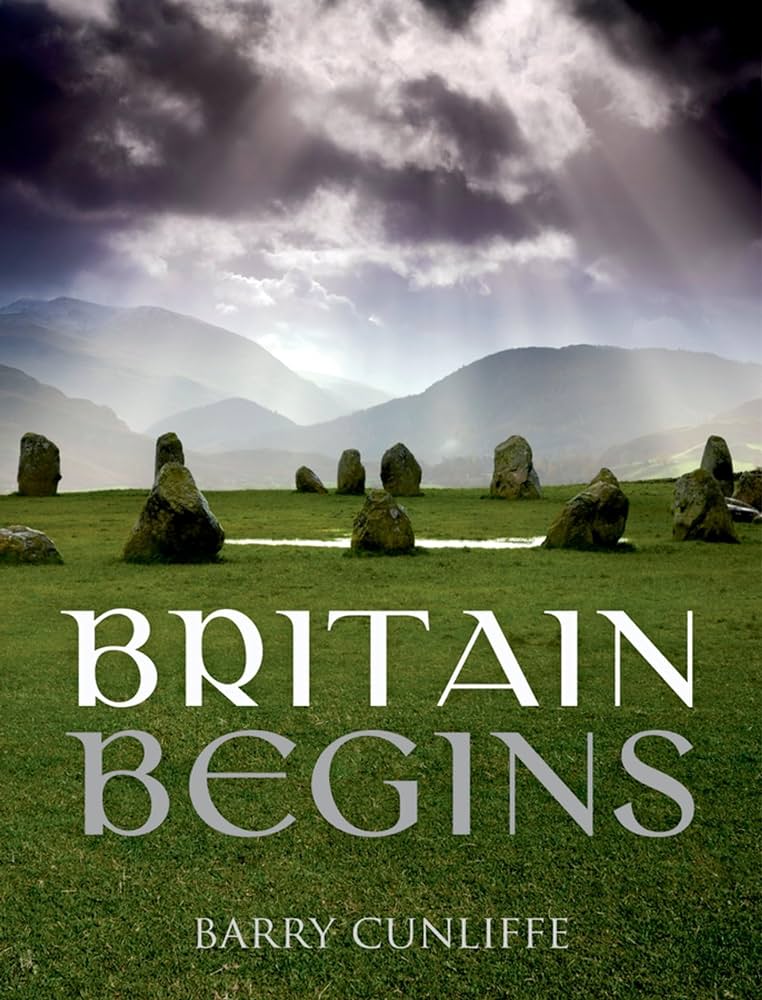
Britain Begins by Barry Cunliffe
Discover the origins of the British and the Irish peoples. Using archaeological evidence together with new work on DNA and other scientific techniques, Cunliffe offers a rich narrative account of the first islanders – who they were, where they came from, and how they interacted. Underlying this narrative throughout is the story of the sea, which allowed the islanders and their continental neighbors to be in constant contact.
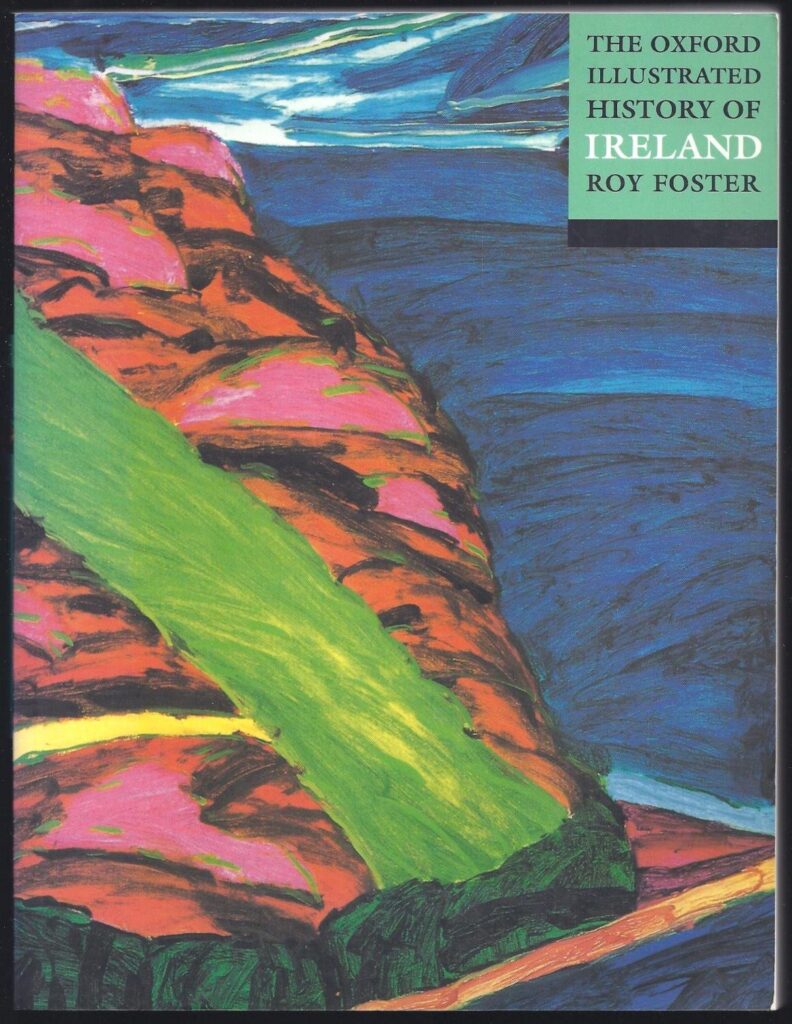
The Oxford Illustrated History of Ireland
by Roy Foster
Few countries have such a compelling and stirring history as Ireland. This sumptuously illustrated volume captures all the color of the Emerald Isle, from the earliest prehistoric communities, through centuries of turbulent change and creativity, to the present day. Written by an expert team of scholars–all of whom are Irish–this book offers the most authoritative account of Irish history yet published for the general reader.
An Gorta Mor | The Great Hunger
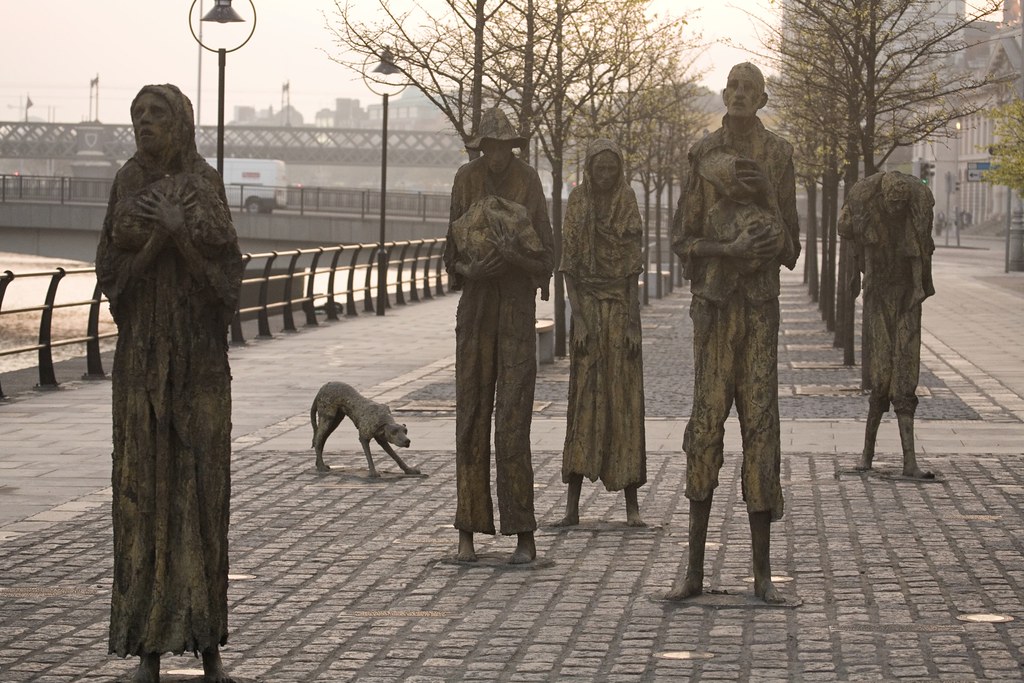
Under English rule, many Irish were displaced to rocky western lands where they relied heavily on potatoes, leading to single-crop dependence. The 1845 potato blight devastated Ireland’s main food source. Despite still producing enough food, English policies exported it, resulting in the unnecessary deaths of over a million Irish (some estimates even suggest up to 3 million).
Further Reading

All Standing: The Remarkable Story of the Jeanie Johnston, the Legendary Irish Famine Ship by Kathryn Miles
More than one million immigrants fled the Irish famine for North America—and more than one hundred thousand of them perished aboard the “coffin ships” that crossed the Atlantic. But one small ship never lost a passenger. Discover the remarkable tale of the Jeanie Johnston and her ingenious crew, whose voyages are the stuff of legend.
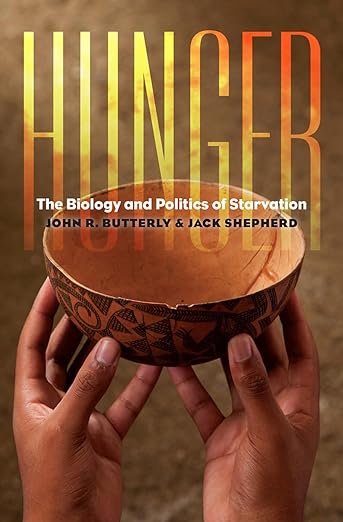
Hunger: The Biology and Politics of Starvation
by John R. Butterly & Jack Shepherd
Hunger is not the result of inadequate resources and technologies; its cause is a lack of political will to ensure food is distributed safely, fairly, and equitably. The authors provide in-depth coverage of this issue, tackling biology, politics, and taking a look at what caused famines in the past, such as Ireland’s Great Hunger, and why hunger remains a major health problem today.
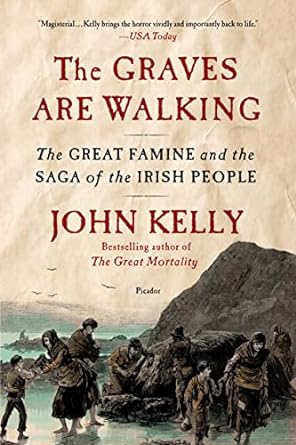
The Graves A Walking: The Great Famine and the Saga of the Irish People by John Kelly
In this masterful, comprehensive account of the Irish Potato Famine, delivered with novelistic flair, Kelly gives us not only the startling facts of this disaster–one of the worst to strike mankind, killing twice as many lives as the American Civil War–but examines the intersection of political greed, bacterial infection, religious intolerance, and racism that made it possible.
The Troubles
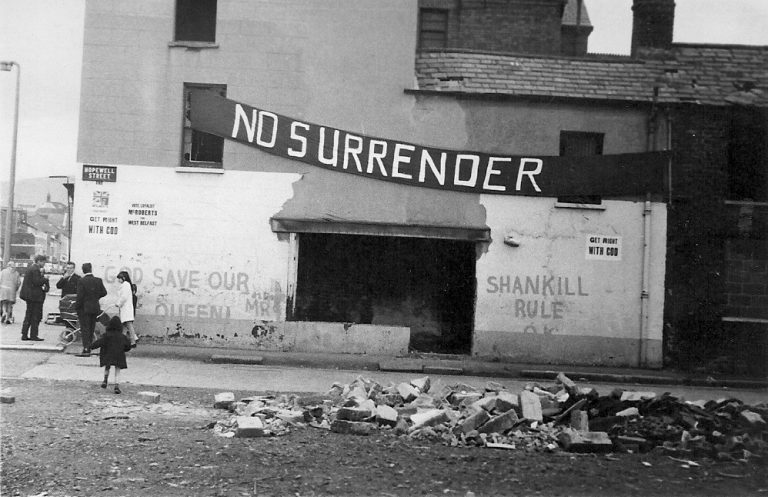
In the 1960s, a new educated Irish generation sought equality, sparking the Troubles. From 1968 to 1998, Northern Ireland endured conflict between Unionists/Loyalists (mostly Protestant) favoring UK ties and Nationalists/Republicans (mostly Catholic) seeking unity with the Republic of Ireland. Guerrilla warfare ensued between the IRA and British forces, resulting in around 3,600 deaths and tens of thousands wounded. Peace walls were erected, separating communities. The Good Friday Agreement, achieved through negotiations, led to the Republic of Ireland dropping its claim to the entire island and the UK granting Northern Ireland self-rule under Irish oversight.
Further Reading
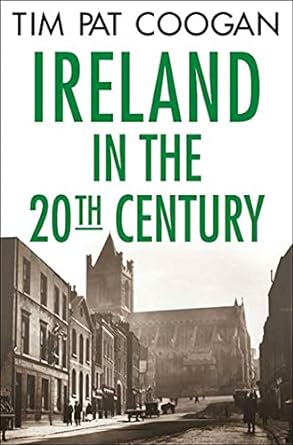
Ireland in the Twentieth Century by Tim Pat Coogan
Encompassing the violent and bloody days of the early twentieth century and peopled with such characters as Michael Collins, Eamon DeValera and James Joyce, this promises to be one of the most popular histories of Ireland yet written. Bringing the story up to the present day, Ireland in the Twentieth Century will become, like Coogan’s The IRA and The Troubles, standard bearers in the canon of Irish history.
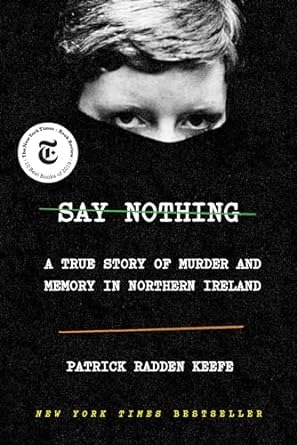
Say Nothing: A True Story of Murder and Memory in Northern Ireland by Patrick Radden Keefe
In December 1972, Jean McConville, a mother of ten, was dragged from her Belfast home by masked intruders. She was never seen again. Keefe’s mesmerizing book on the bitter conflict in Northern Ireland and its aftermath uses the McConville case as a starting point for the tale of a society wracked by a war whose consequences have never been reckoned with.
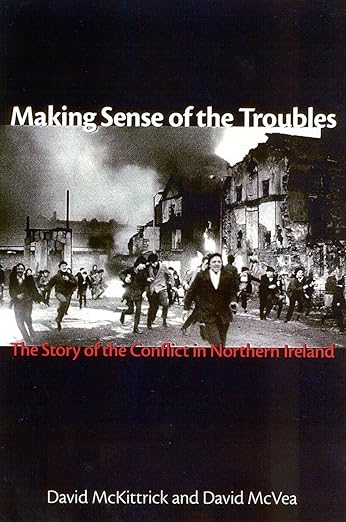
Making Sense of the Troubles: The Story of the Conflict in Northern Ireland by David McKittrick & David McVea
Compellingly written and even-handed in its judgments, this is by far the clearest account of what has happened through the years in the Northern Ireland conflict, and why. The authors describe and explain a lethal but fascinating time in Northern Ireland’s history, which brought not only death, injury, and destruction but enormous political and social change.
The Magdalene Laundries
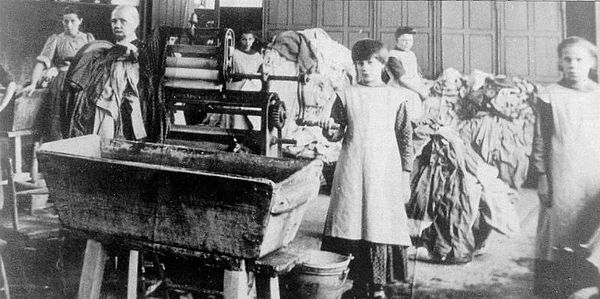
For over 70 years, at least 10,000 (a likely severe underestimate) women were forcibly incarcerated in Ireland’s Magdalene Laundries. These prison-like and for-profit institutions provided laundry and needlework services through the use of unpaid labor by women who were routinely subjected to severe psychological and physical abuse. The women forced to work in these laundries were those considered unsuitable for society, such as unmarried mothers and their daughters, promiscuous women, those considered burdens to their families, sexual abuse victims, and wards of the church or state. Many of these victims spent their entire lives in the laundries or were institutionalized. Many died as a direct result of the maltreatment, but there is little data on the number of victims.
Further Reading
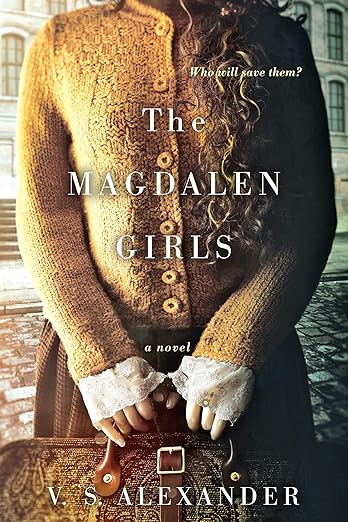
The Magdalen Girls by V.S. Alexander
Dublin, 1962. Within the gated grounds of the convent of The Sisters of the Holy Redemption lies one of the city’s Magdalen Laundries. Once places of refuge, the laundries have evolved into grim workhouses. Sixteen-year-old Teagan finds herself sent to a Magdalen Laundry when her beauty provokes a lustful revelation from a young priest. There she befriends two other girls who help her endure the harsh captivity.
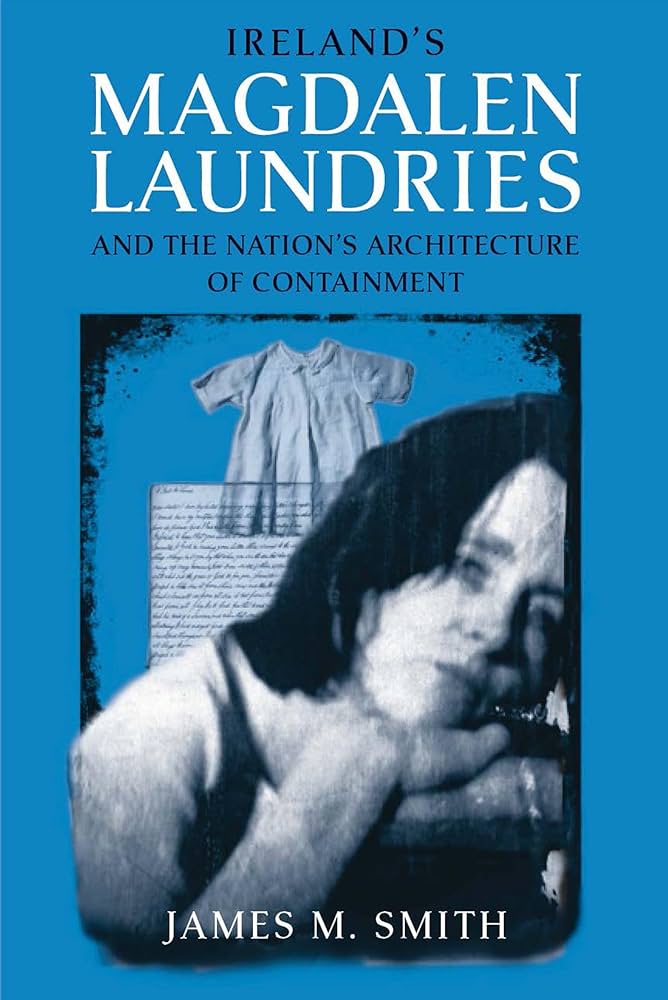
Ireland’s Magdalen Laundries and the Nation’s Architecture of Containment by James M. Smith
Focusing on the ten Catholic Magdalen laundries operating between 1922 and 1996, this book offers the first history of the women who endured these institutions. Because the religious orders have not opened their archival records, Smith argues that Ireland’s Magdalen institutions continue to exist in the public mind primarily at the level of story rather than history.
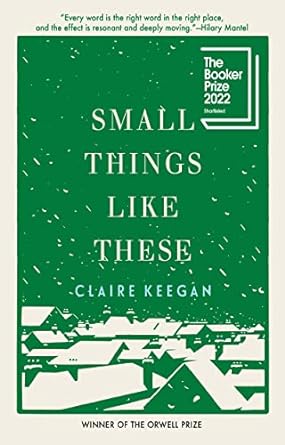
Small Things Like These by Claire Keegan
It is 1985 in a small Irish town. During the weeks leading up to Christmas, Bill Furlong, a coal merchant and family man faces into his busiest season. Early one morning, while delivering an order to the local convent, Bill makes a discovery which forces him to confront both his past and the complicit silences of a town controlled by the church. Keegan offers a deeply affecting story of hope, quiet heroism, and empathy.


